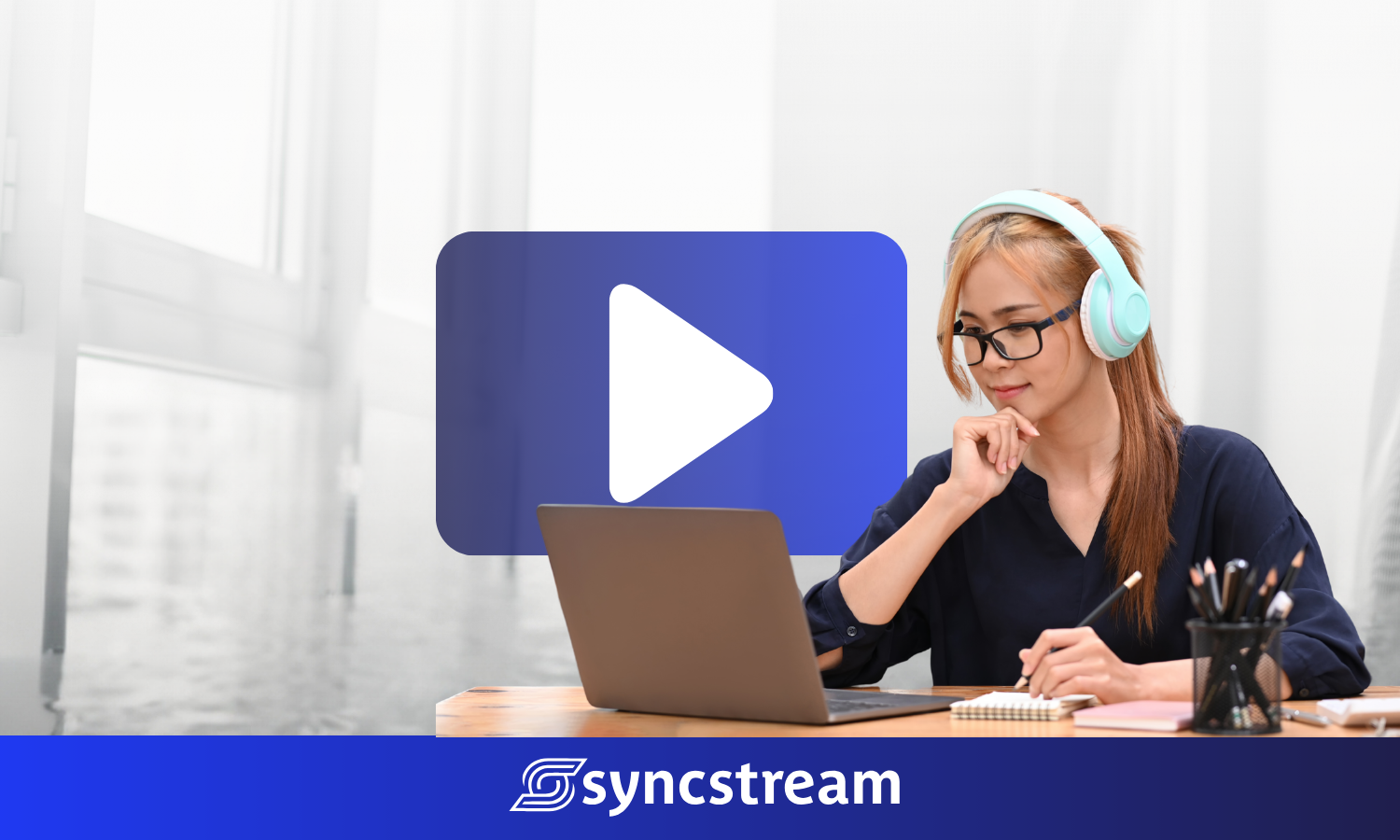The Top 5 Issues Among Applicable Large Employers for Affordable Care Act Reporting
Ashley Pope • November 28, 2022
The Top 5 Issues Among Applicable Large Employers for Affordable Care Act Reporting
Part 1 of a 3 part series about ACA Reporting Issues from multiple perspectives.

Nine years ago, the Patient Protection and Affordable Care Act (PPACA)
came into existence. Two years later, the IRS reporting regulations took effect. One would think by now that all the kinks and wrinkles would be ironed out, but alas, that is not the case.
The law has been challenged multiple times, but the Supreme Court has upheld it. This means that for now and for the distant foreseeable future, the ACA is the law of the land and must be adhered to by large employers.
What issues remain from a compliance and reporting standpoint? Over the course of the next 3 blogs, we will delve into the top 5 issues for:
- Applicable Large Employer,
- Compliance and Reporting Solutions,
- IRS reporting system
___________________________________________________________________________________________________________________________________________________
Applicable Large Employers
Most large employers have either the compliance office or the human resource department handle their ACA reporting process. The regulations of the employer mandate are lengthy, technical, and difficult to navigate. In listening to this group over the past seven years, here are the top five issues that stand out.
1. Determining if an employer is deemed an Applicable Large Employer (ALE).
This is determined by knowing your Full-Time Equivalent (FTE) employee count for the previous year. This is based on the number of true designated full-time employees plus the full-time equivalent of variable hour employees. An organization is considered an ALE if they have 50 FTE employees.
Full-time employees
are defined as any employee who works an average of at least 30 hours per week in each month or 130 hours of service in each month. The full-time equivalent of variable hour employees is where the complicated math comes into play.
To determine the equivalency of variable hour employees, the employer must take the number of hours worked for all variable hour employees in a month and divide by 120. This sum is then added to the number of the designated full-time employees.
For example, ABC Company has 30 full-time employees. They also have 100 variable hour employees that each work 80 hours a month.
100 x 80 = 8,000
8,000 / 120 = 66.67
FTE Count = 66.67 + 30 = 96.67
ABC Company is an Applicable Large Employer.
2. Calculating benefit plan affordability.
Changing affordability thresholds year over year makes benefit plan forecasting tedious. The regulations provide 3 safe harbors for affordability of health plans:
- Federal Poverty Line
- Rate of Pay
- W-2 Wages
Each year, a different percentage
is used to test for affordability. This means that to ensure affordability under the law, the large employer must review these plans each year based on the new percentage amount being used.
For example, the percentage for 2022 was 9.61%, but in 2023 it will be 9.12%.
This can make it complicated for employers to ensure they are meeting the standards for affordability each year. Employers with off calendar years plans have an even tougher time calculating affordability to ensure they are maintaining compliance.
3. The 1095-C code matrix is like reading hieroglyphics.
The codes on the 1095 form tell a story to the IRS and it can be difficult for an employer to understand if the correct code is being used and if the right story is being told. These codes
can be found on Lines 14 and 16 of the form. They are called 1 series (Line 14) and 2 series codes (Line 16). The 1 Series can be any of 20 different codes. The 2 Series can be any of 8 different codes. It can be confusing and frustrating trying to determine what 1 series code goes with what 2 series code. Incorrect code combinations can flag an employer for potential penalties when reporting to the IRS.
4. Determining variable hour employees’ benefit eligibility.
Any business that employs variable hour employees
must track those employees to determine if they are meeting the threshold of a full-time employee under the ACA. This is done using either the monthly measurement method or the look back measurement method. Each one has its own pros and cons for employers. If the employer fails to track these types of employees, the fines can be steep when an employee falls through the cracks and is not offered affordable health insurance coverage. Understanding the best measurement method for a business is just the first hurdle. Hours must be tracked and calculations run to determine the employee’s ultimate ACA status.
5. Responding to penalty letters for noncompliance from the IRS.
Penalties
can range from the thousands to millions of dollars. The penalty can be for multiple different compliance reasons. Knowing when to respond and how to respond is paramount for any employer. The unfortunate situation for ALE’s is that they are guilty until they prove themselves innocent. The large employer can do everything right and still be hit with a penalty letter and thus need to prove that they followed the appropriate rules. Failure to respond can result in added interest at the least and levy of bank accounts at the worst.
All these issues can be tackled with the right approach and software. In part two of our series, we will look at the issues surrounding Compliance and Reporting Solutions.
Choosing the right vendor can be the difference between compliance and the dreaded penalty letter from the IRS.
SyncStream has been filing since the first year of ACA reporting in 2015. Our staff are tenured, highly trained ACA subject matter experts. We remove the complexity of ACA compliance, offering the expertise, tools, and knowledge that guide businesses toward higher compliance, lower financial risk, and streamlined ACA reporting. SyncStream will give you the peace of mind that your compliance is in good hands. Contact us
today.

Navigating reporting with multiple different types of employee working hours can be quite challenging. Since the enactment of the Affordable Care Act, questions and debates have arisen about the impact of this law on third-party staffing arrangements. Many companies offer temporary and part-time employees lower-tiered benefits, if any. If you have employees working a variety …

Stay ahead of evolving regulations with our on-demand webinar, Navigating the Latest ACA Changes & Compliance Trends. Hosted by our Chief Legal Counsel, Stacy Barrow, J.D., this session provides expert insights into the most recent Affordable Care Act updates and what they mean for your organization. Learn how to stay compliant, avoid costly penalties, and prepare for what’s ahead in ACA reporting and enforcement.


